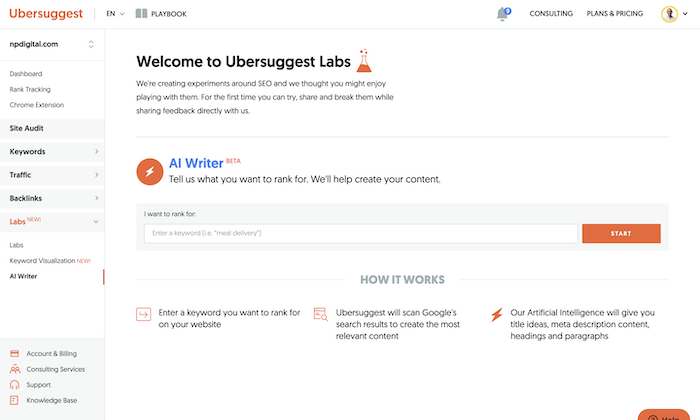The Importance of Rural Broadband Access for IT Leadership
When managing an IT team of any size or expertise, it’s important to stay ahead of a variety of challenges that those in the field must overcome. From cyber threats to performance efficiency, cost control to compliance, there are...

When managing an IT team of any size or expertise, it’s important to stay ahead of a variety of challenges that those in the field must overcome. From cyber threats to performance efficiency, cost control to compliance, there are many essential elements to bear in mind in such operations. Otherwise, your IT services risk falling behind – potentially even becoming less useful to business clients.
This is where rural broadband access can come in, as IT leaders and their teams operating in these areas once needed to rely on antiquated alternatives. That’s not the case anymore. Let’s explore the key reasons why you should consider upgrading your own services in order to better satisfy the IT infrastructural needs of others.
A Fine Balance of Bandwidth and Traffic Management
Broadband internet standards have come a long way since their fledgling days. Moreover, IT service providers can access a dizzying array of package options at competitive prices, so those in leadership positions are sure to be pleased with improved cost control in tandem with optimal performance. Gone are the days of settling for slower connections that can’t scale with your operations.
Virtual Services Made a Reality
IT operations with outdated networking of their own may be missing out on opportunities to better serve their clients. With the adoption of broadband internet, rural IT offices and service technicians alike can get in touch with clients more quickly, painlessly, and without being bogged down by issues such as transfer lag or connection drops. Not only do optimal upload and download speeds enable streamlined digital communications (especially important when so many of us are working remotely), but virtual solution implementations may be more feasible for your operations without straining your onsite network. From vCIO services to virtual machines, cloud monitoring, security monitoring, and more, your technicians will be well equipped to diagnose issues and perform various services more easily from afar, minimizing the need for site visits and subsequent interruptions of a client’s own day-to-day operations.
AI, Automation and Cloud-Powered Services
Again, many IT services can be safely and securely migrated over to a virtual format, so long as your company’s internet can satisfy the needs of technicians and clients. Monitoring, analysis, reporting, and risk-aware services all benefit from the upgrade, making the term “24/7” a realistic proposition. How? AI and automated services that harness the power of the cloud, meticulously refined and managed by your staff. That ability to collect, analyze, and act on real-time data points without having to pull a technician off a more intensive job represents a drastic increase in overall service efficiency.
The New Standard
The Federation of Canadian Municipalities positions broadband as a transformative tool to benefit everyone, not just IT leaders. It specifies in the publication, Broadband Access in Rural Canada: The role of connectivity in building vibrant communities, that: “Broadband has the power to transform rural Canada. Connectivity is now as important as roads and bridges to the sustainability of rural and remote communities, and to the success of rural institutions and organizations.” This statement not only applies to IT leadership and their staff but also to those they serve in rural communities. Every aspect, from setting up a server in a remote location to risk assessments, cloud migrations, security monitoring, permissions management, and everything in between benefits from a stable, fast, and reliable broadband connection. When we’re talking about the new standard of internet connectivity, we of course need to mention broadband’s dramatic effects on speed and reliability. A traditional dial-up connection won’t cut it when you need fast, reliable access to important files or websites. In many cases, even downloading a single document can take hours with dial-up or older internet. If your business needs to transmit lots of data or large files such as graphics or videos, then broadband is definitely the way to go. Moreover, when it comes to broadband speed, there’s no reason not to get the fastest option available in your area. Most providers offer plans that range from 5 Mbps to 100 Mbps (and beyond), you just need to find the ideal plan for your business, without sky-high prices and including unlimited data.
The reasons we chat about in this article are merely the tip of the iceberg; depending on your specific operations and the services you intend to offer, there are even more benefits to explore, especially as the world and every industry continue to transform towards increasingly online operations. In order to ensure you as an IT leader do not get left behind, your best bet is to discuss available options with a reputable local ISP, and bring your organization back to the forefront of leadership.

 Lynk
Lynk 































